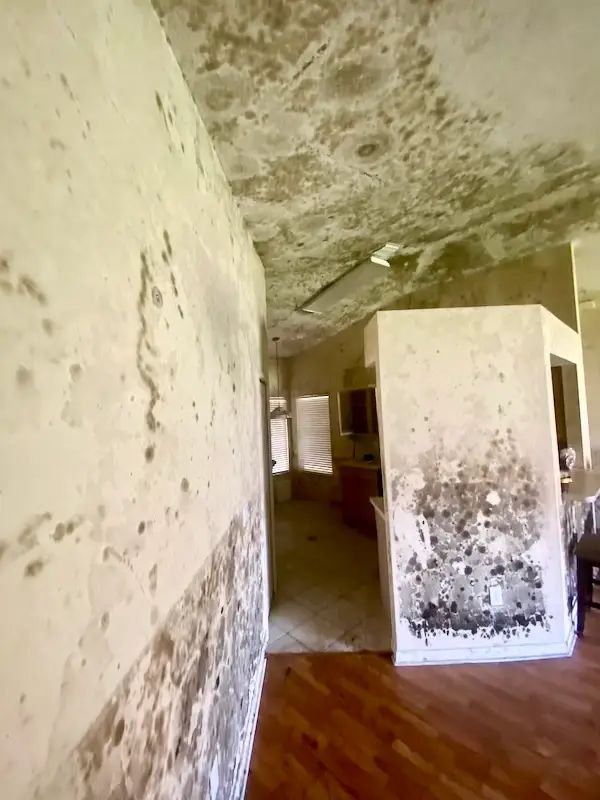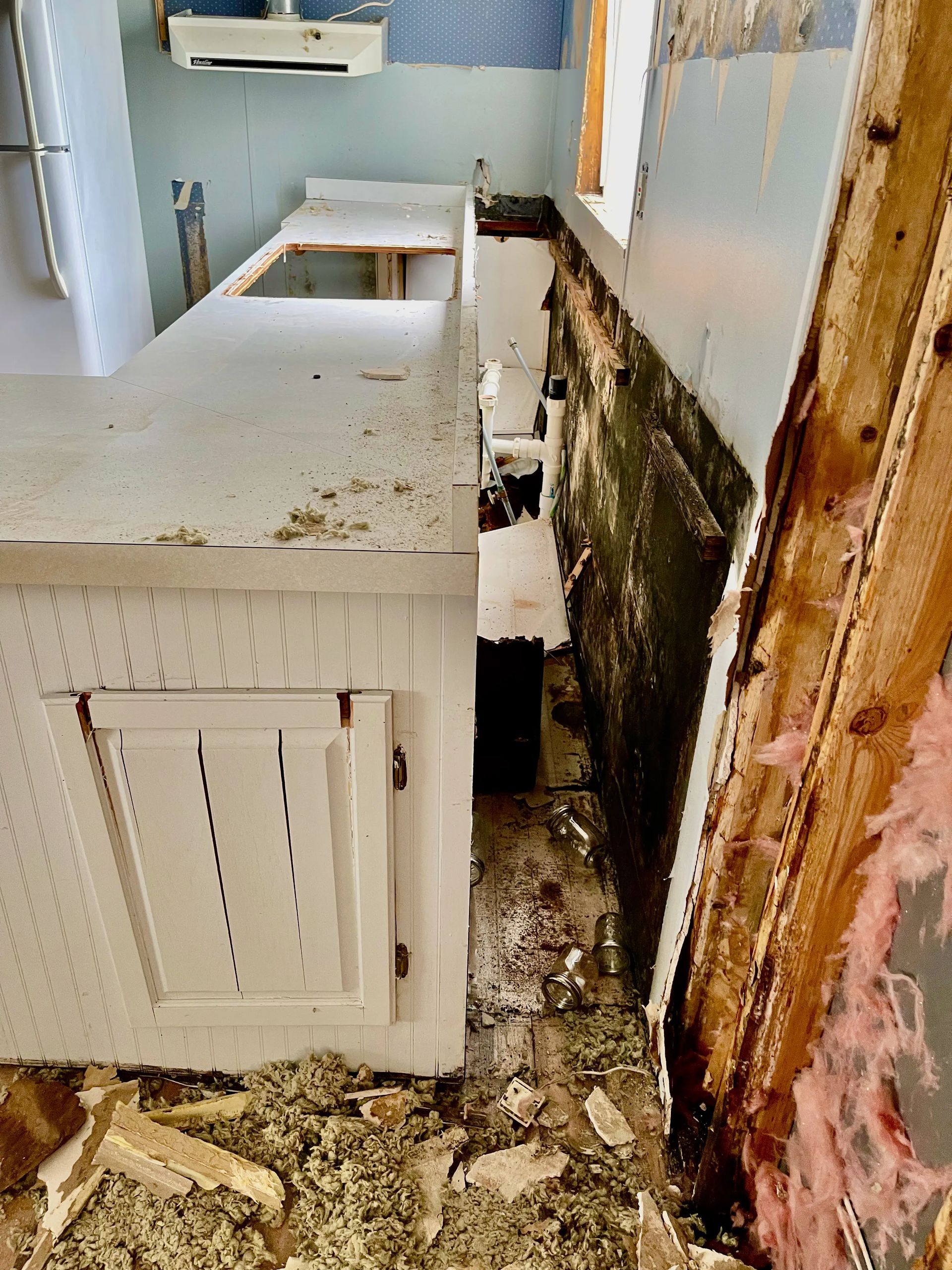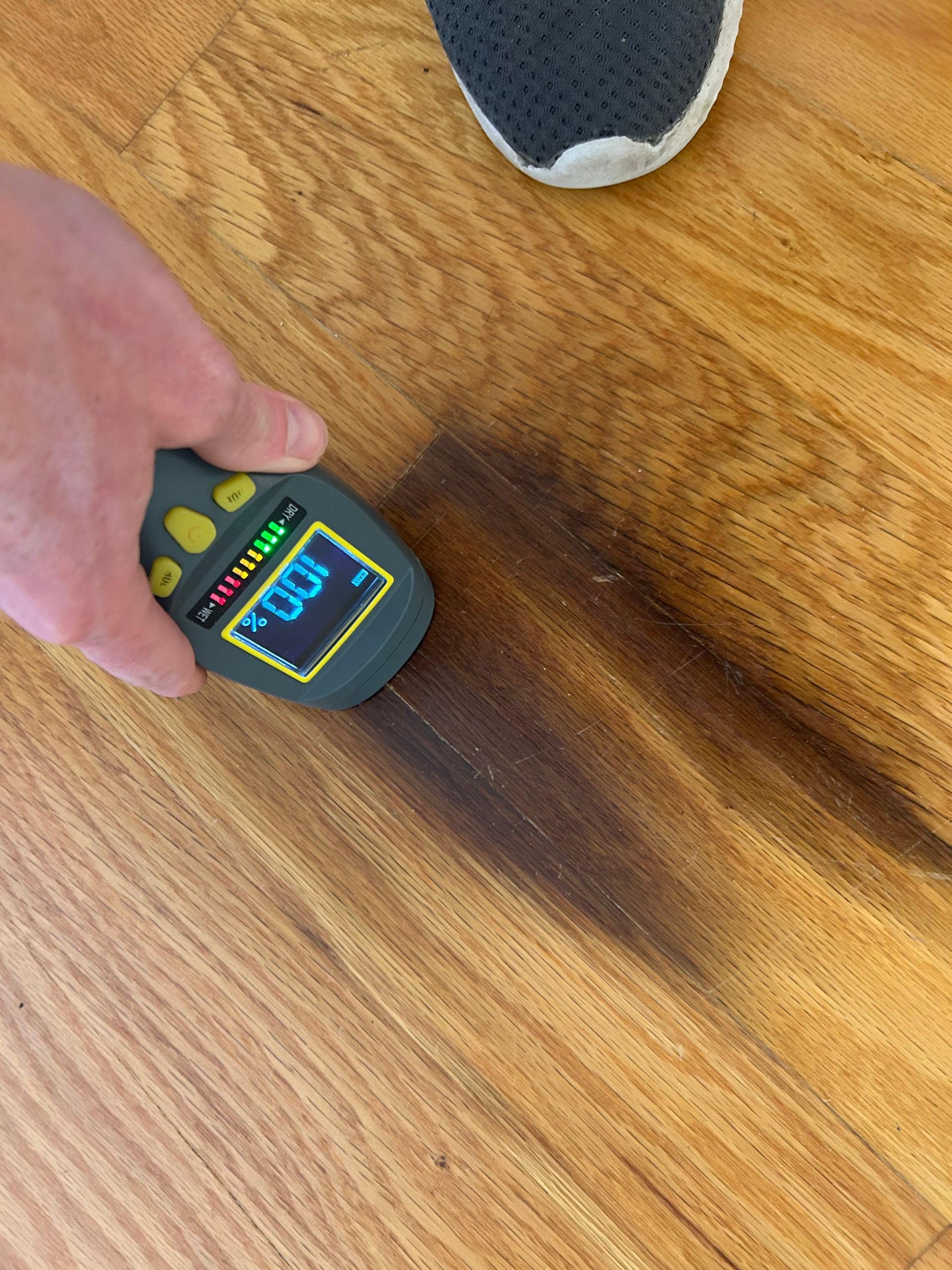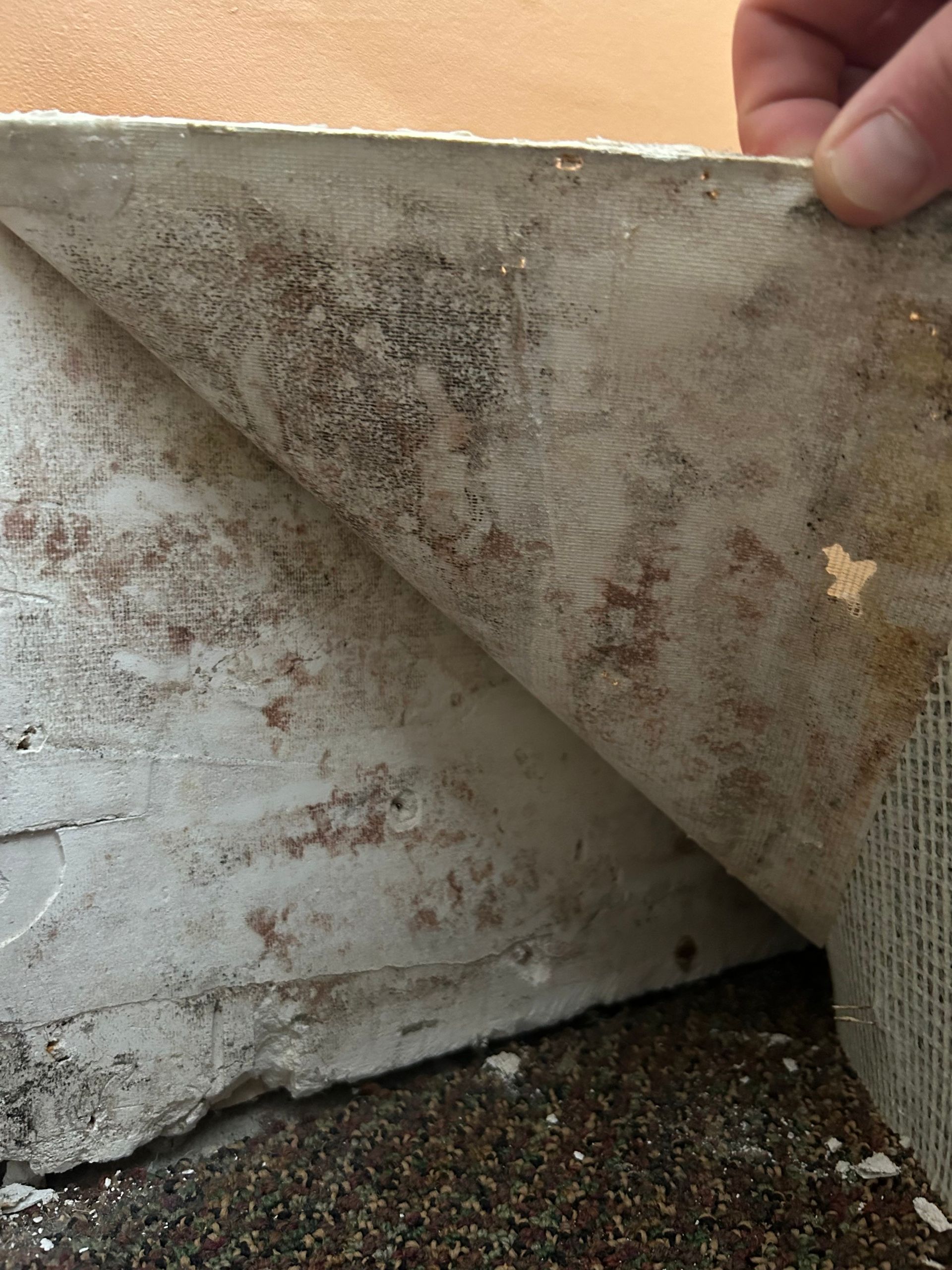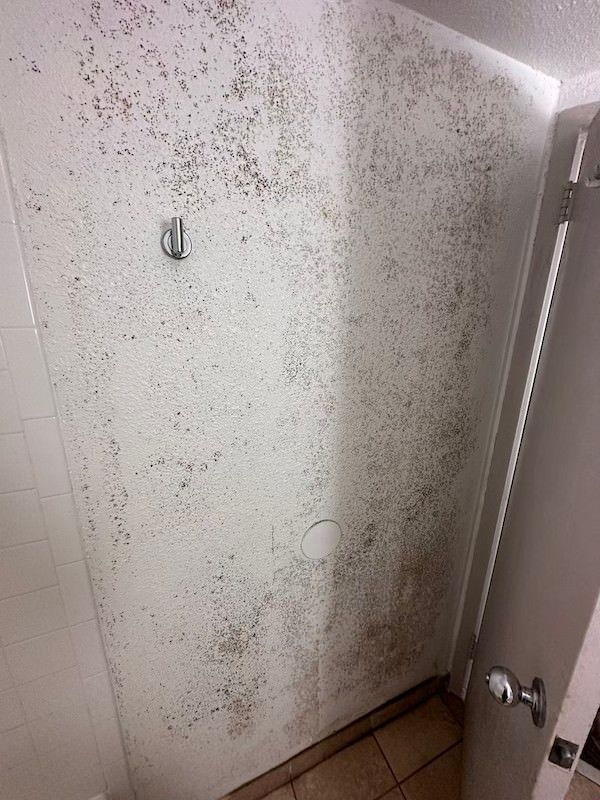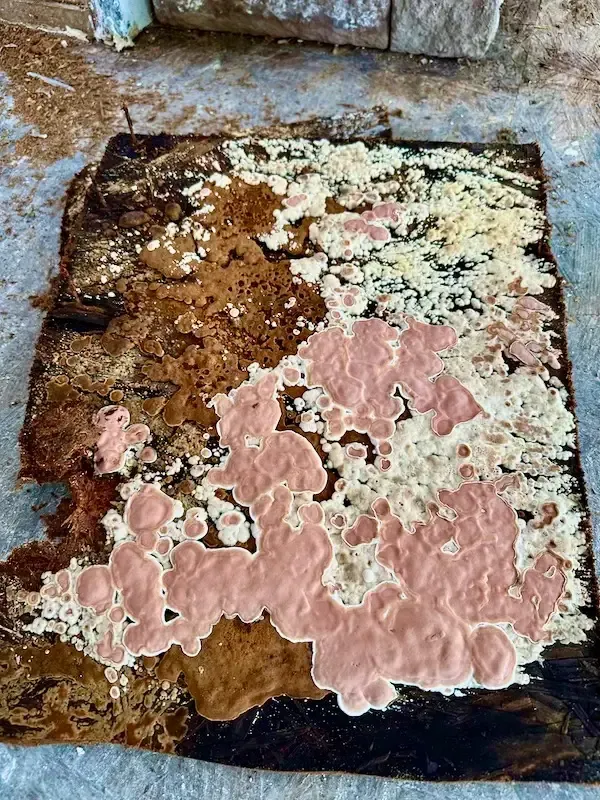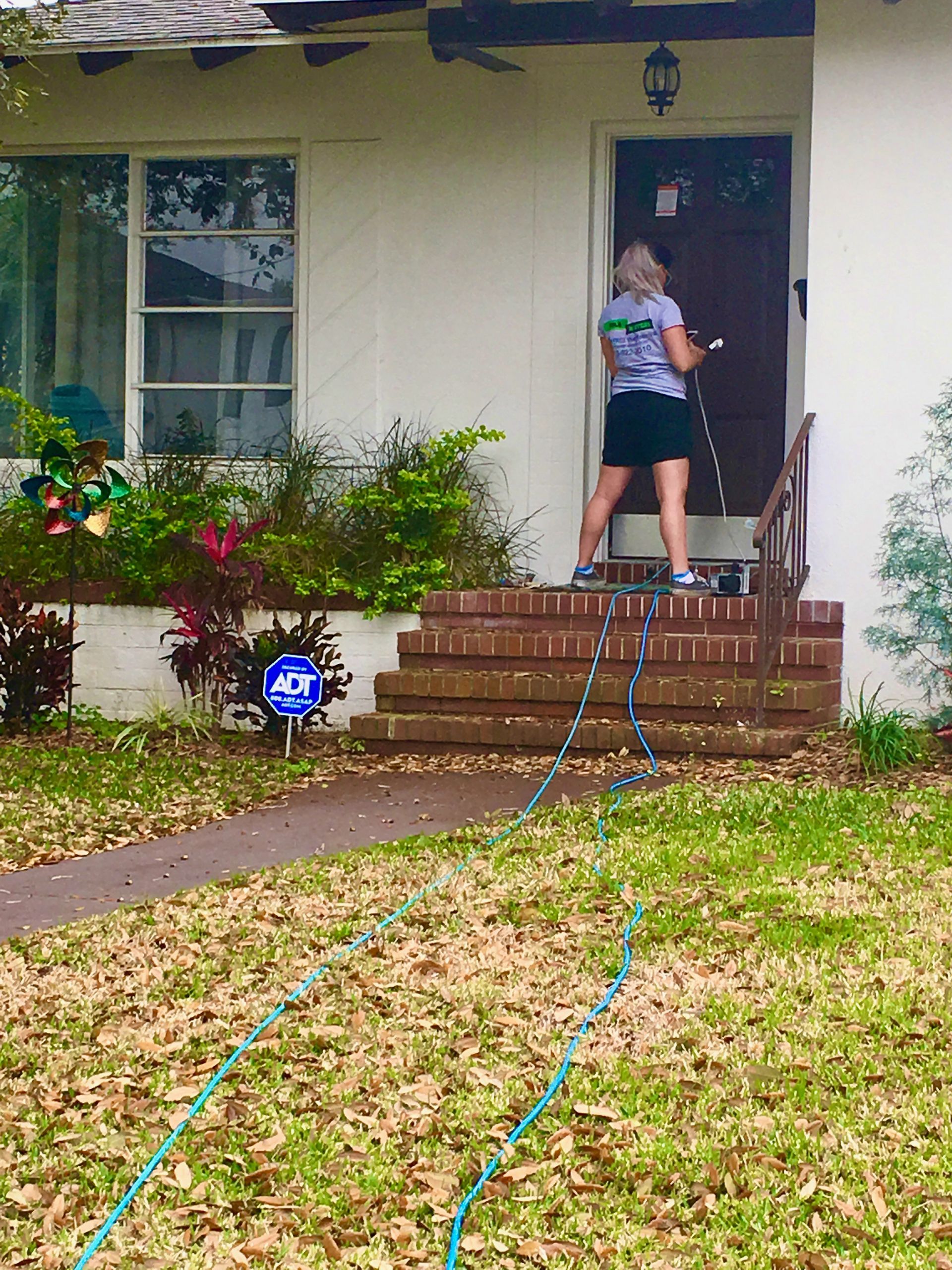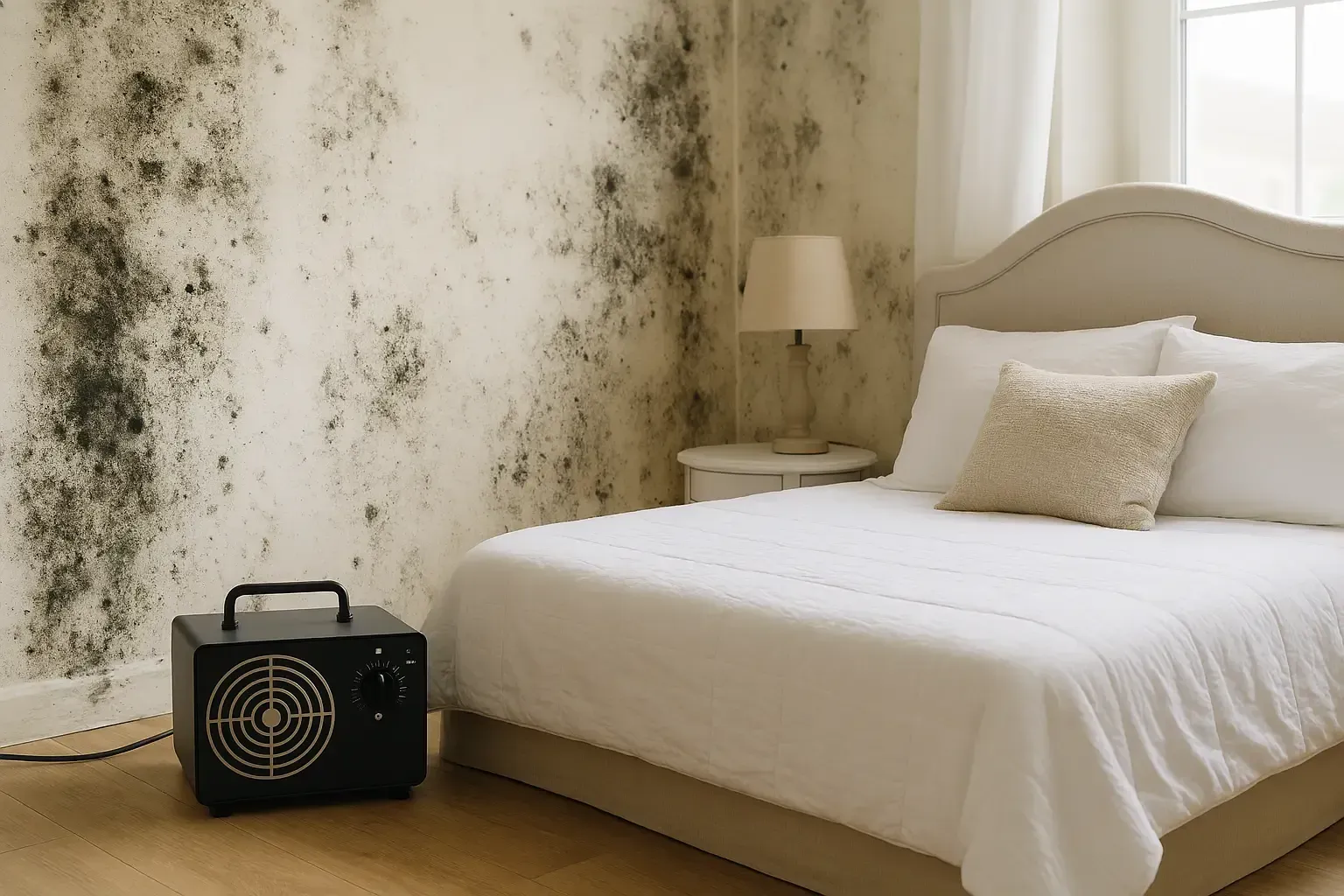⛈️ Storm Aftermath: How to Protect Your Home from Post-Flood Mold Growth
Living in Florida means storms and hurricanes are a way of life. While many homeowners take steps to protect against high winds and flooding, the hidden danger that follows—the threat of post-flood mold growth—is often underestimated. Mold can start developing within just 24-48 hours after water intrusion, posing health risks and threatening your property’s structure. At Mold Masters, we understand these unique challenges and are committed to helping Floridians prevent and remediate mold issues after a storm.
Understanding the Risks of Post-Flood Mold 🏚️💧
Floodwaters bring extra moisture deep into your home, soaking floors, walls, and even the air. This creates an ideal environment for mold to thrive, especially in humid Florida. Mold does more than cause stains and musty odors. It can trigger:
• Allergies and asthma
• Respiratory infections
• Headaches and fatigue
Acting quickly after a storm is essential to stop minor water issues from turning into major mold problems.
Immediate Steps to Take After Flooding ⏳
1. Prioritize Safety First ⚠️
Before beginning cleanup, make sure your home is safe.
• Turn off the electricity at the main breaker if water has reached the outlets
• Wear gloves and masks for protection
• Avoid entering heavily damaged areas.
2. Start Drying Out Immediately 💨
Mold grows fast—begin drying out your home as soon as possible:
• Open windows and doors to encourage airflow
• Use fans, dehumidifiers, or air conditioning
• Remove standing water with pumps or wet vacuums
• Discard items that cannot be properly dried, such as carpeting and soggy furniture.
3. Remove Wet Materials Quickly 🏚️
Materials like drywall, ceiling tiles, and insulation absorb moisture and should be removed. These materials can hide mold growth, even after feeling dry to the touch.
4. Clean and Disinfect Surfaces 🧼
Once you remove water and wet materials, thoroughly clean and disinfect all affected areas:
• Use EPA-approved cleaners
• Clean hidden spaces—behind walls, under flooring, around HVAC ducts
• Pay attention to damp, enclosed areas.
Why Professional Mold Inspection Matters 👷♂️
Even if you don’t see mold, hidden growth can develop in less obvious areas. Professional air quality testing and mold inspections (like those offered by Mold Masters) catch issues early—before they get worse. Our experts use advanced moisture detection tools, thorough sampling, and tailored recommendations to keep your home safe.
How Mold Masters Can Help 💪
With over 20 years serving Florida, Mold Masters offers comprehensive post-storm services, such as:
• Emergency water damage cleanup & fast drying solutions
• Certified mold inspections and air quality testing
• Professional mold remediation (NAERMC and IICRC standards)
• HVAC cleaning and sanitization
• EPA-approved eco-friendly sanitization to kill bacteria and viruses
We serve Florida families and businesses statewide—Central (Dunedin, Tampa, Kissimmee, and surrounding areas), South (Fort Myers, Naples, Sarasota, and more), and North (St. Augustine, Jacksonville, Gainesville, and beyond).
How to Prevent Future Mold Growth 🕵️♂️✅
• Maintain ventilation in bathrooms, kitchens, and attics
• Regularly inspect for leaks in roofs, windows, and foundations
• Schedule HVAC maintenance and regular cleanings
• Use dehumidifiers in high-moisture areas to keep humidity under control.
Take Action After the Storm—Protect Your Health and Home 🛡️
Don’t let mold get a foothold after a storm. Acting quickly can mean the difference between a simple cleanup and expensive repairs. If you suspect mold or water damage, trust Mold Masters for a thorough, safe, and environmentally friendly solution.
Contact us or call one of our Florida locations for immediate help: 📞
- North Florida: 904-397-4030
- Central Florida: 813-606-6668
- South Florida: 239-961-9995
Protect your family, investment, and peace of mind with Mold Masters—Florida’s trusted mold remediation experts. Let us help you weather the storm and enjoy a cleaner, safer home all year round.

